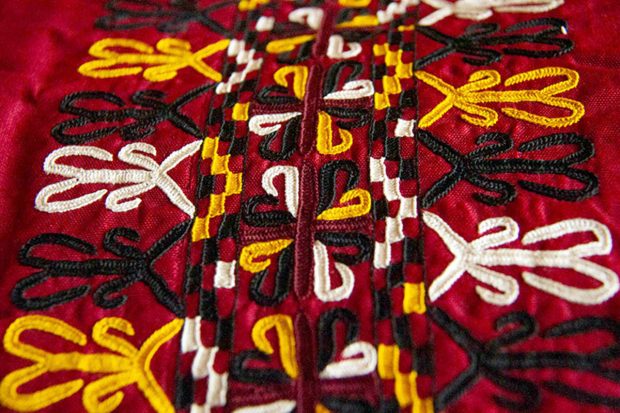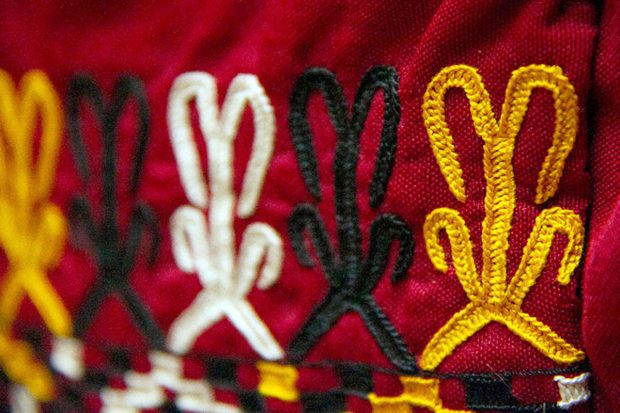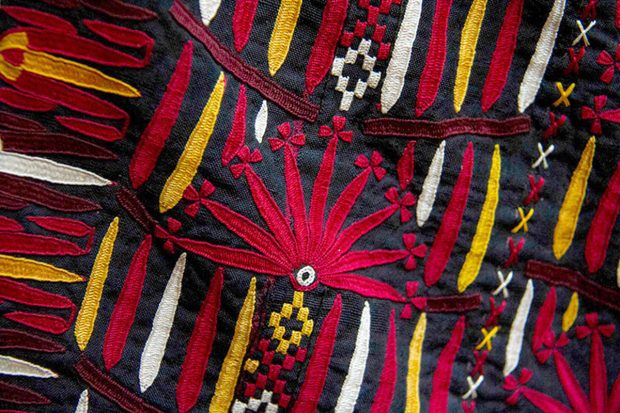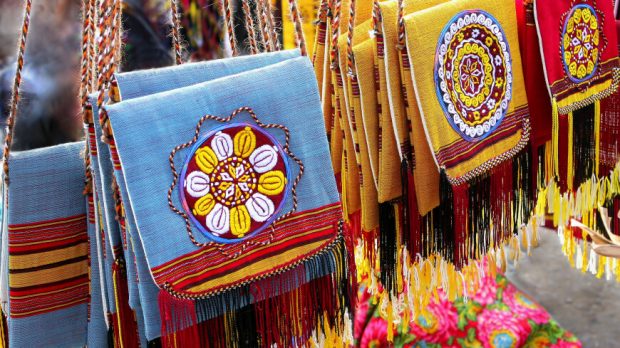
Turkmen embroidery art on UNESCO’s list of objects of intangible cultural heritage

ASHGABAT: UNESCO has included Turkmen embroidery art into the list of objects of intangible cultural heritage.
The decision was taken at the 17th session of the UNESCO Intergovernmental Committee for the Safeguarding of the Intangible Cultural Heritage, held in Rabat, the capital of Morocco.
The nomination was initiated by Turkmenistan in March 2021, as an important part of the country’s intangible cultural heritage, the press service of the Ministry of Foreign Affairs of Turkmenistan said.

“Turkmen-style needlework is a decorative applied art used on the national dress of people of all genders and ages in Turkmenistan and Iran. In both countries,” UNESCO said.
“Turkmen-style needlework begins with the preparation of thin silk threads that are intertwined in three layers and twisted into a single thread, then straightened with a large needle. This unique technique gives the thread a shine.”
For the most common needlework style, a series of loops are created by piercing the fabric with a thin needle and holding the previous loop with the thumb of the other hand. There are also other needlework styles that vary according to the region.

“There is no age limit, and young girls traditionally learn the needlework from their mothers and grandmothers. In rural areas, the patterns used reveal the territorial identity of the needlewomen. They are also used to symbolize love, friendship, nature and strength.”
The needlework is used on wedding clothes, in clothing for funerals and cultural events, and as decorative parts of ordinary clothing, such as scarves, coats, pants, shawls and accessories.

According to Turkmenistan media, “The Art of Embroidery” is one of the well-known folk craft of Turkmenistan.
The ancient tradition is passed down from generation to generation. Wool, silk, gold, silver, pearls, colored stones, coins and even corals are used for embroidery. At the same time, almost all the work is done with a needle.


